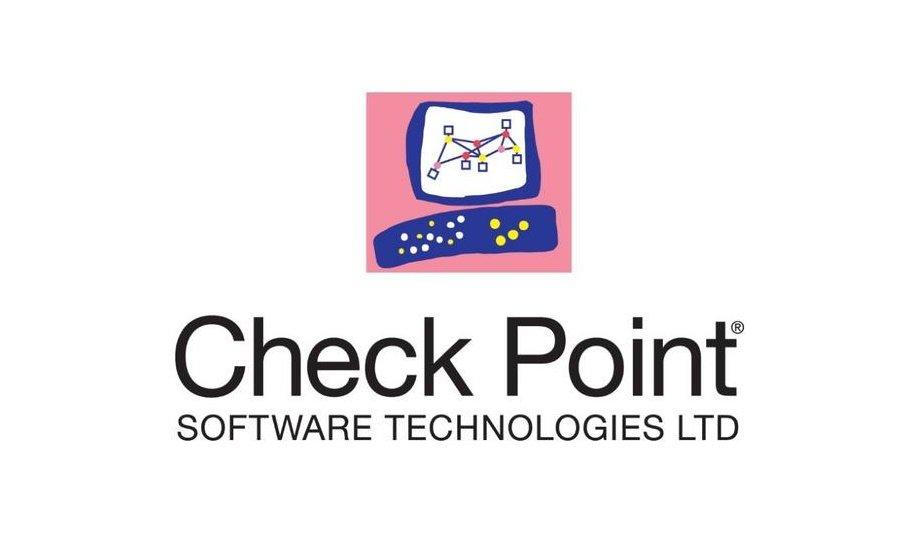Check Point Research, the Threat Intelligence arm of Check Point Software Technologies Ltd., a renowned provider of cyber security solutions globally, has published its latest Global Threat Index for October 2020. Researchers reported that the Trickbot and Emotet trojans continue to rank as the top two most prevalent malware in October, and that the trojans have been responsible for the sharp increase in ransomware attacks against hospitals and healthcare providers globally.
File-encrypting ransomware
The FBI and other U.S. government agencies recently issued a warning about ransomware attacks targeting the healthcare sector, warning that the estimated one million-plus Trickbot infections worldwide are being used to download and spread file-encrypting ransomware such as Ryuk. Ryuk is also distributed via the Emotet trojan, which remains in 1st place in the Top Malware Index for the fourth month in succession.
Ransomware attacks against healthcare organisations and hospitals in October increased by 36% in EMEA
Check Point threat intelligence data showed that the healthcare sector was the most targeted by ransomware in the U.S. in October, with attacks increasing by 71% compared with September 2020. Similarly, ransomware attacks against healthcare organisations and hospitals in October increased by 36% in EMEA and 33% in APAC.
Support remote workforces
“We’ve seen ransomware attacks increasing since the start of the coronavirus pandemic, to try and take advantage of security gaps as organisations scrambled to support remote workforces. These have surged alarmingly over the past three months, especially against the healthcare sector, and are driven by pre-existing TrickBot and Emotet infections."
"We strongly urge healthcare organisations everywhere to be extra vigilant about this risk, and scan for these infections before they can cause real damage by being the gateway to a ransomware attack,” said Maya Horowitz, Director, Threat Intelligence & Research, Products at Check Point.
Top malware families
This month, Emotet remains the most popular malware with a global impact of 12% of organisations
The research team also warns that “MVPower DVR Remote Code Execution” is the most common exploited vulnerability, impacting 43% of organisations globally, followed by “Dasan GPON Router Authentication Bypass” and “HTTP Headers Remote Code Execution (CVE-2020-13756)” with both impacting 42% of organisations globally. (The arrows relate to the change in rank compared to the previous month.)
This month, Emotet remains the most popular malware with a global impact of 12% of organisations, followed by Trickbot and Hiddad which both impacted 4% of organisations worldwide.
- ↔ Emotet - Emotet is an advanced self-propagating, and modular trojan. Emotet was once used as a banking trojan, and recently has been used as a distributer of other malware or malicious campaigns. It uses multiple methods for maintaining persistence and evasion techniques to avoid detection. In addition, it can be spread through phishing spam emails containing malicious attachments or links.
- ↔ Trickbot - Trickbot is a dominant banking trojan constantly being updated with new capabilities, features and distribution vectors. This enables Trickbot to be a flexible and customisable malware that can be distributed as part of multi purposed campaigns.
- ↑ Hiddad - Hiddad is an Android malware which repackages legitimate apps and then releases them to a third-party store. Its main function is to display ads, but it can also gain access to key security details built into the OS.
Top exploited vulnerabilities
This month “MVPower DVR Remote Code Execution” is the most common exploited vulnerability, impacting 43% of organisations globally, followed by “Dasan GPON Router Authentication Bypass” and “HTTP Headers Remote Code Execution (CVE-2020-13756)” with both impacting 42% of organisations globally.
- ↔ MVPower DVR Remote Code Execution - Remote code execution vulnerability exists in MVPower DVR devices. A remote attacker can exploit this weakness to execute arbitrary code in the affected router via a crafted request.
- ↔ Dasan GPON Router Authentication Bypass (CVE-2018-10561) - An authentication bypass vulnerability that exists in Dasan GPON routers. Successful exploitation of this vulnerability would allow remote attackers to obtain sensitive information and gain unauthorised access into the affected system.
- ↑ HTTP Headers Remote Code Execution (CVE-2020-13756) - HTTP headers let the client and the server pass additional information with an HTTP request. A remote attacker may use a vulnerable HTTP Header to run arbitrary code on the victim machine.
Top mobile malwares
This month Hiddad is the most prevalent Mobile malware, followed by xHelper and Lotoor.
- Hiddad - Hiddad is an Android malware which repackages legitimate apps and then releases them to a third-party store. Its main function is to display ads, but it can also gain access to key security details built into the OS.
- xHelper - xHelper is a malicious application seen in the wild since March 2019, used for downloading other malicious apps and display advertisement. The application is capable of hiding itself from the user and reinstalling itself in case it is uninstalled.
- Lotoor - Lotoor is a hack tool that exploits vulnerabilities on Android operating system in order to gain root privileges on compromised mobile devices.
Check Point’s Global Threat Impact Index and its ThreatCloud Map is powered by Check Point’s ThreatCloud intelligence, the largest collaborative network to fight cybercrime which delivers threat data and attack trends from a global network of threat sensors. The ThreatCloud database inspects over 2.5 billion websites and 500 million files daily, and identifies more than 250 million malware activities every day. The complete list of the top 10 malware families in October can be found on the Check Point Blog.
Discover how AI, biometrics, and analytics are transforming casino security
























